
There’s no doubt about it. In its greasy, salty, sugary way, Western food tastes great!
Or at least many seem to think so . . . even here in Asia.
This isn’t to suggest that Western food, especially fast food, is in the least healthy. It’s not. Countries which adopt a Western diet — surprise surprise! — end up with a skyrocketing of diseases that are the main killers in the West: high blood pressure, diabetes, hardening of the arteries, heart failure, cancer, obesity.
Health concerns aside, it still astonishes me that standing in Beijing or Tokyo or Seoul, I see McDonald’s, Burger King, and KFC. I never ate at these places when I lived in the U.S. — well, at least for the past several decades — and certainly don’t miss them now that I live in Japan and continue to travel extensively in the East. Of course, the “Westernization” — and its most aggressive mutant strain “Americanization” — of every square inch of the planet, is common knowledge and endlessly debated pro and con. At the same time, the extent of this cultural pollution still doesn’t really hit you until you go tens of thousands of miles from home and see some typical U.S. fast food joint next to a Buddhist temple, or yellow arches thrown in with pagodas on the city skyline.
Even more astonishing to me is observing Western tourists. Here they are in some exotic place, rich in culture and unique tradition — which most certainly is reflected in what the indigenous people eat — and there they are in their Hard Rock Café Los Angeles t-shirts, Billabong surfer shorts and Nike sneakers, lining up for a Big Mac and fries. I’ve even seen blogs where backpackers discuss in detail the variations in the Burger King or McDonald’s menus across the globe. I’m not here to judge. But I can’t help but think that maybe these ethnocentric homeland food junkies might be missing out on something.
So far I’ve been focusing on fast food. That’s because it’s so popular, especially in America. Good or bad, America leads the charge into the dystopian future of hedonistic monomania and instant gratification. What could be better than a Happy Meal or finger-licking good fried chicken from Colonel Sanders’ secret recipe? Actually I have an answer for that . . .
Everything else! . . . but that’s just me.
The other end of the spectrum of dining out is also well-represented in Asia, as it is just about every place else in our globalized, homogenized world. There are many high-quality, sometimes very pricey, real restaurants in Japan, serving all sorts of cuisine from all sorts of places. We have Italian, French, Russian, Belgian, Greek, Swedish, Mexican. Because Japanese are such perfectionists, the food is always good. It may not be very authentic — I’m still waiting to be truly blown away by a Japanese rendering of American-style pizza — but trust me, on its own terms it’s usually quite delicious.
With that in mind, I know of one notable exception to this critical assessment. There’s a restaurant which serves both incredibly tasty Western food and it’s centerpiece menu item is most definitely as authentic as it gets. As luck would have it, this place happens to be right here in my home town of Sasayama!
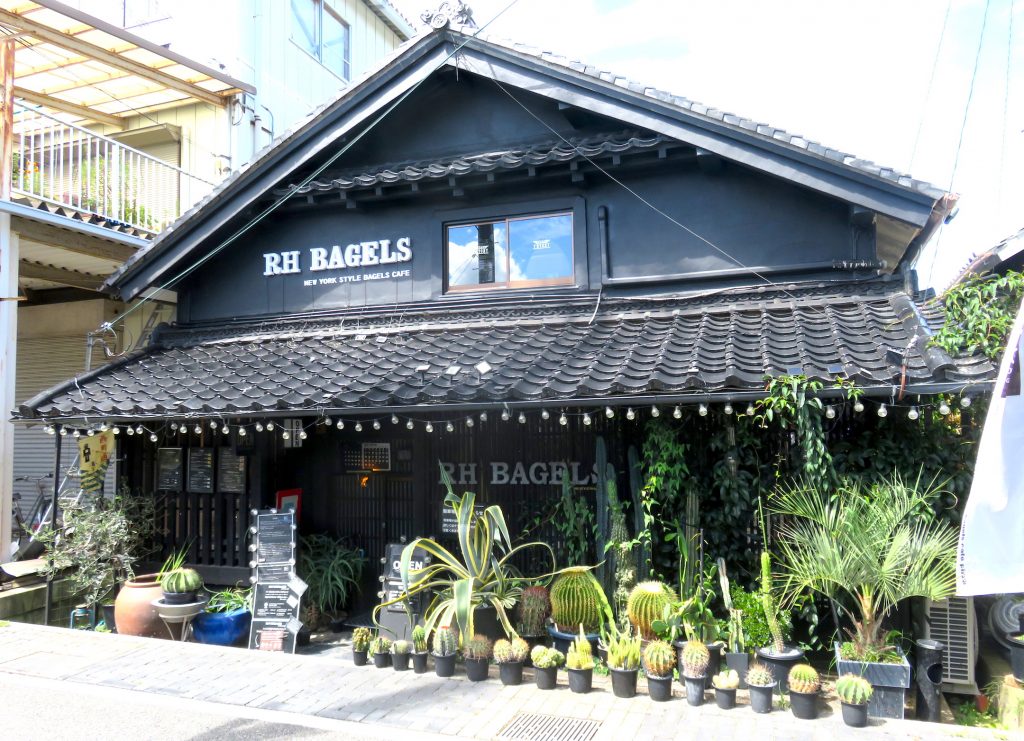
That’s right. It’s a bagel restaurant: RH Bagels!
Mind you, it’s more-often-than-not hard to get a truly great bagel even in the U. S. of A.
Sometimes they’re hard as a rock. Sometimes they have the right texture, tensile strength, and viscosity, but taste more like a dinner roll or a part of an old shoe. Or they’re flavored with all sorts of fruits, nuts, seeds and spices to hide the fact that whoever made it doesn’t know the first thing about making bagels.
In any case, RH Bagel manages somehow here in the middle of rural Japan to get it right. It’s owned by Richie and Hiro — hence the ‘R’ and the ‘H’ — who not only serve amazing food but have created a marvelous setting, a cultural mix of America and Japan, featuring jazz music, great decor, and enough plants to pass for a horticulture institute. The roots of the restaurant are deeply Japanese, as the building is an old rice barn. But everything else is Western-style. Richie is from Staten Island, New York and Hiro has been to America a number of times to study the art and science of restaurant management and cuisine.
I love Japanese food! I really do. I now regularly eat many things I would have regarded as very special treats for very special occasions — sushi, tempura, edamame, teriyaki — and eat some things I never would have considered before — octopus, squid, rice daily.
But every once in a while, I get that hankering for the flavors of North America. It’s hardly an addiction, more of a diversion. I make no excuses. Six decades had to have made some impression on my eating habits and tastes.
It’s just that now, everything has flipped around. Now it’s a hamburger or bagel that’s the uncommon special treat or the item deemed for a rare special occasion. Sushi is available 24/7 just about anywhere that sells food — supermarkets and convenience stores like 7-11.
Hmm . . .
I wonder how eel sushi and cream cheese would taste on a cranberry bagel with French fries, Hawaiian pizza and pickled radish on the side. Maybe wash that down with a Coke and sake ice cream float.
I need to talk with Richie and Hiro about this.

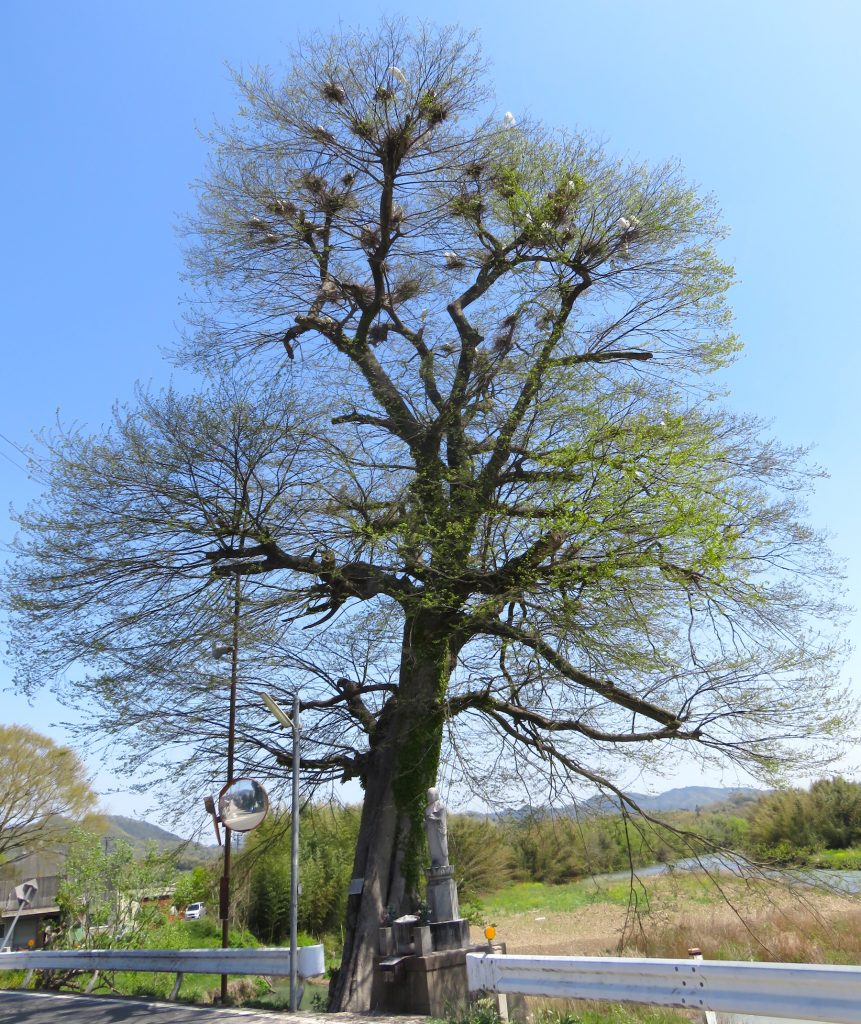
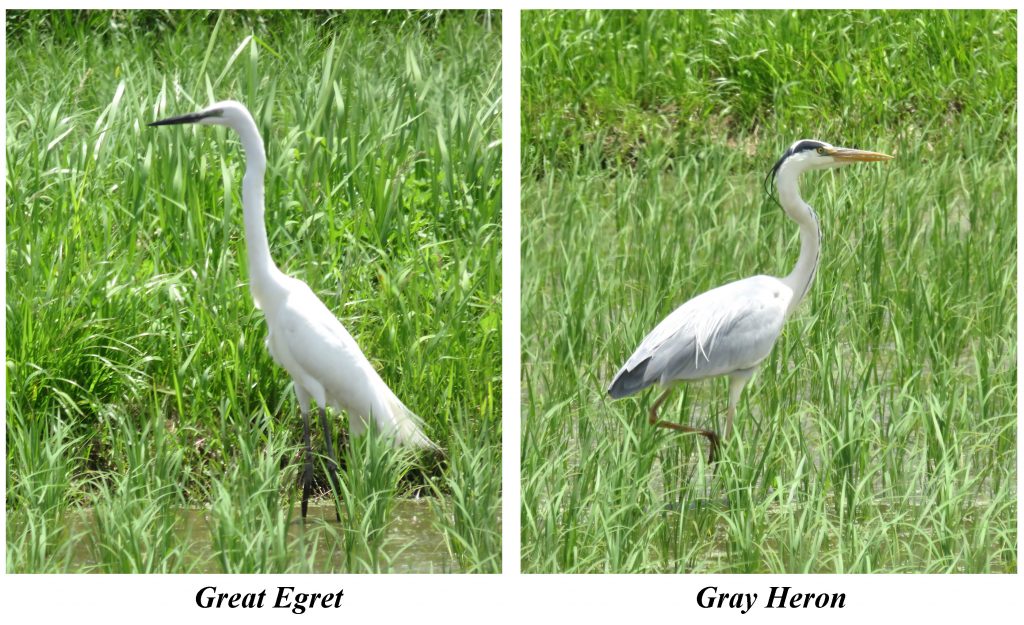
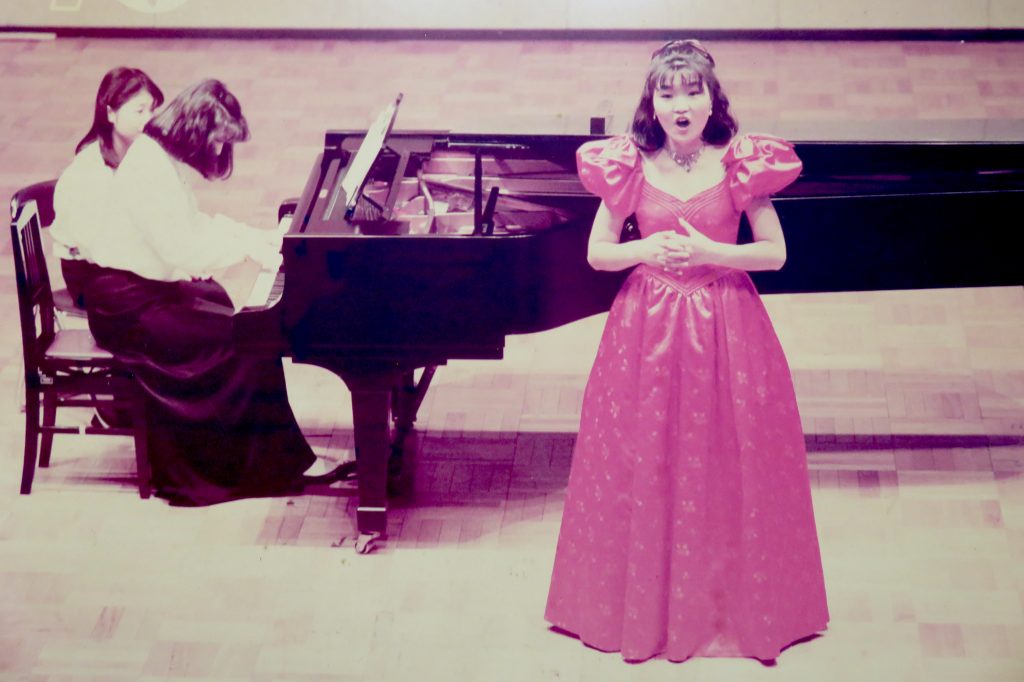
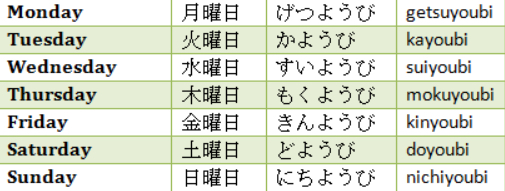
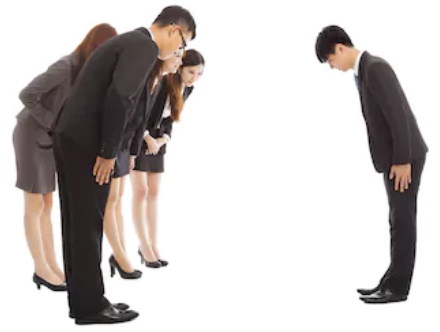
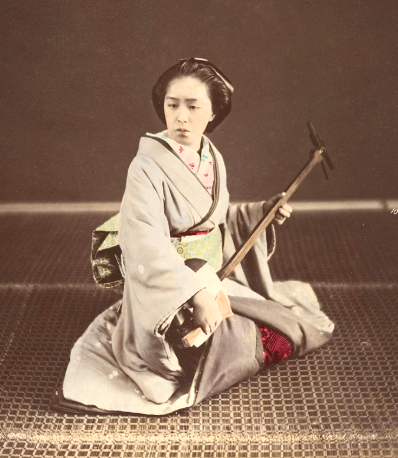
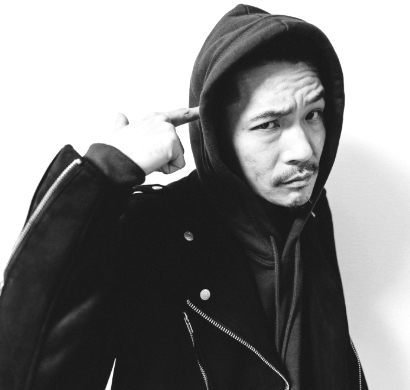
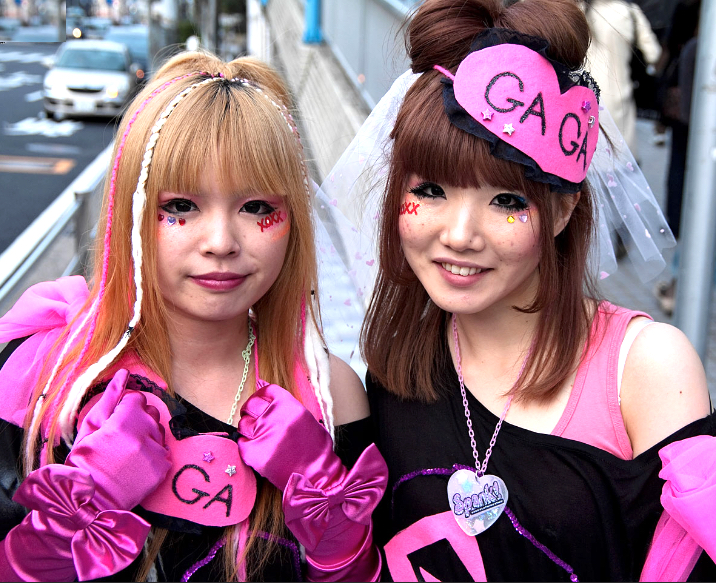




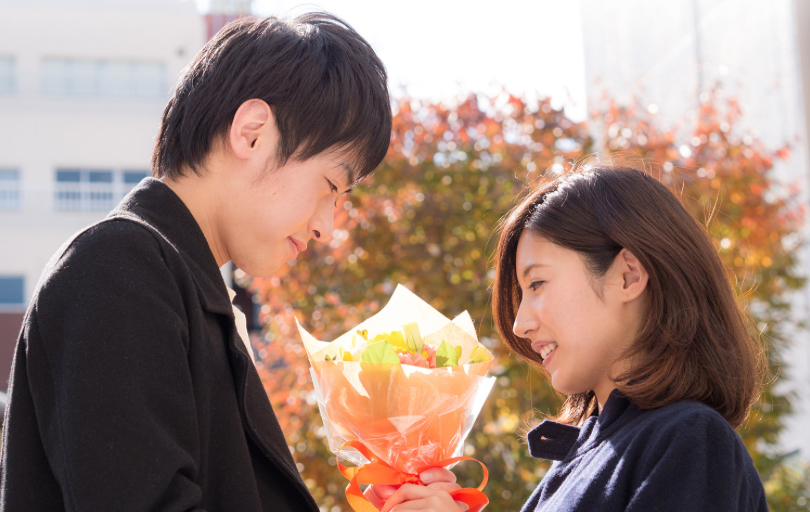
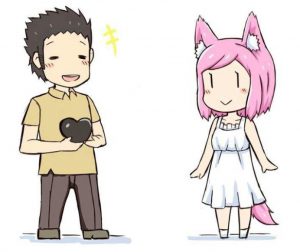



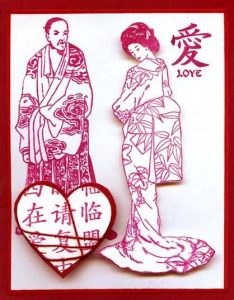


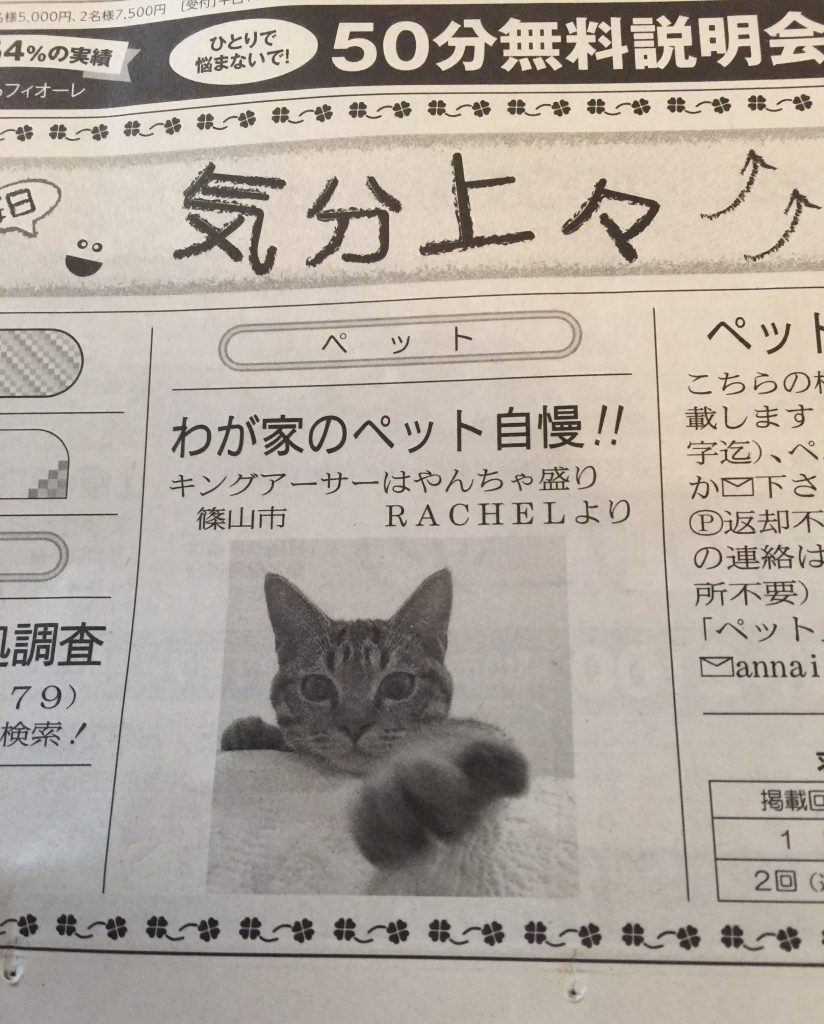
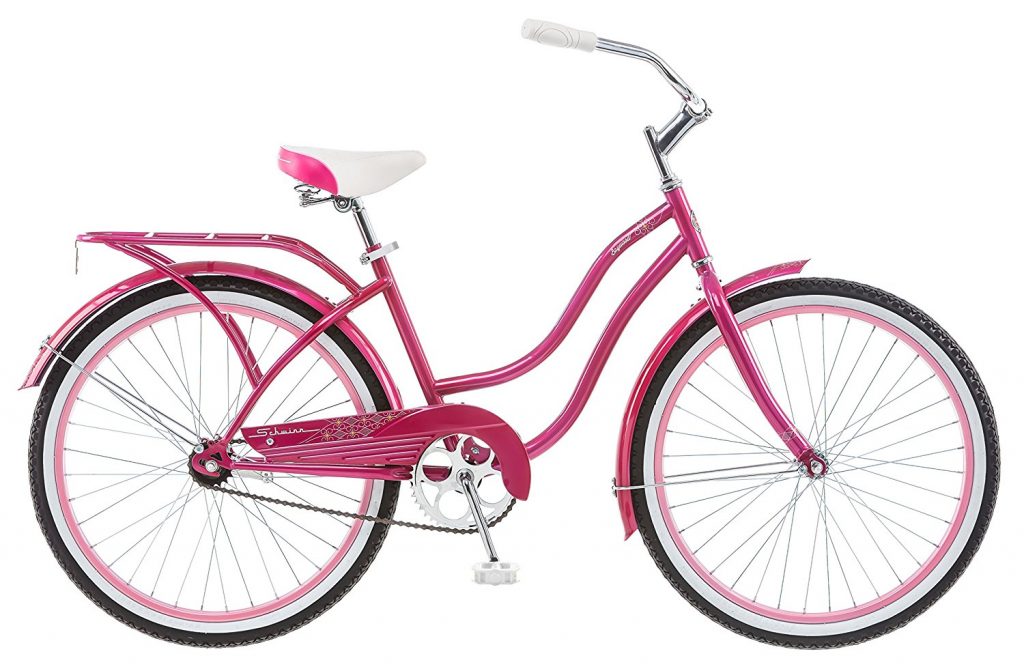
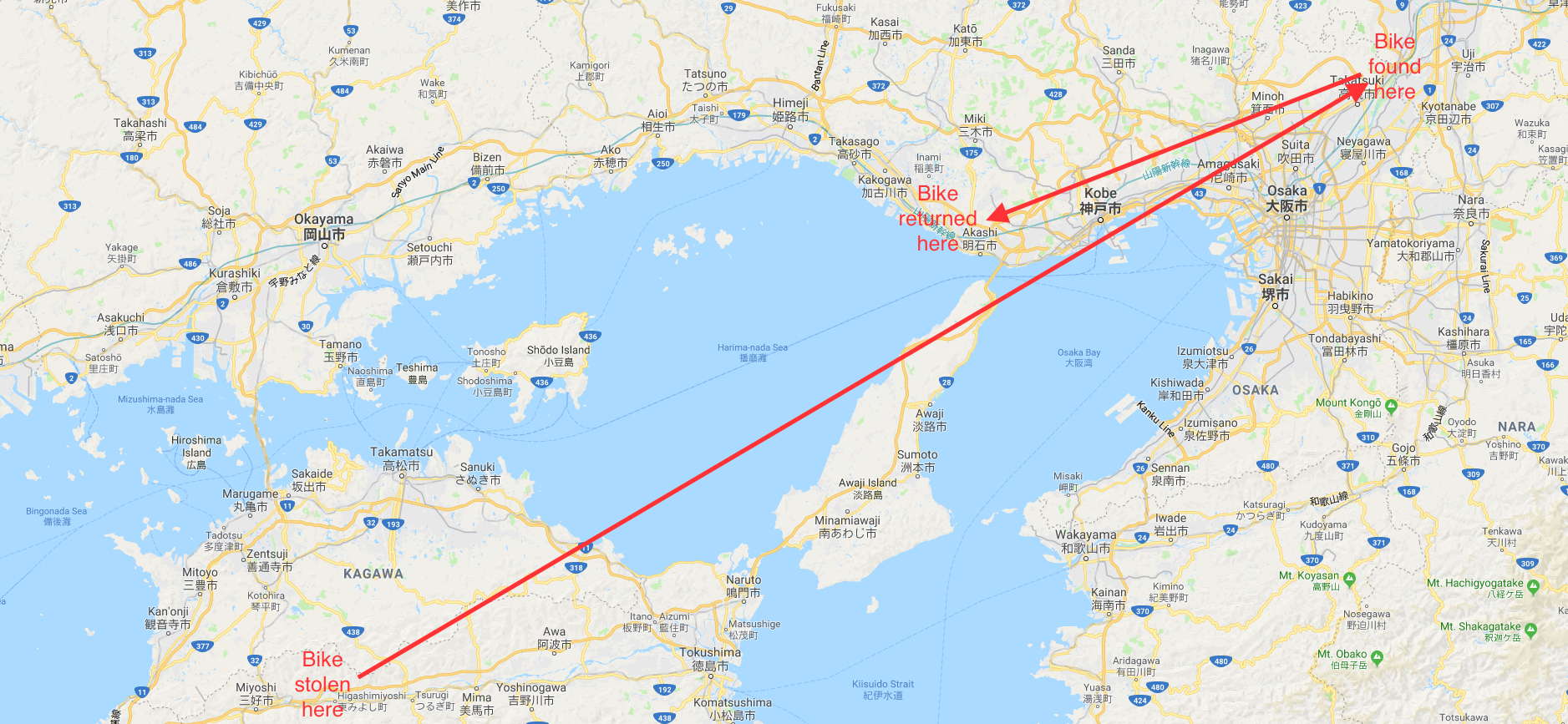

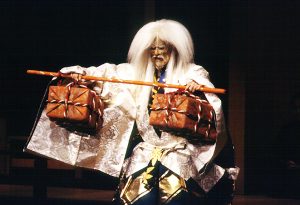
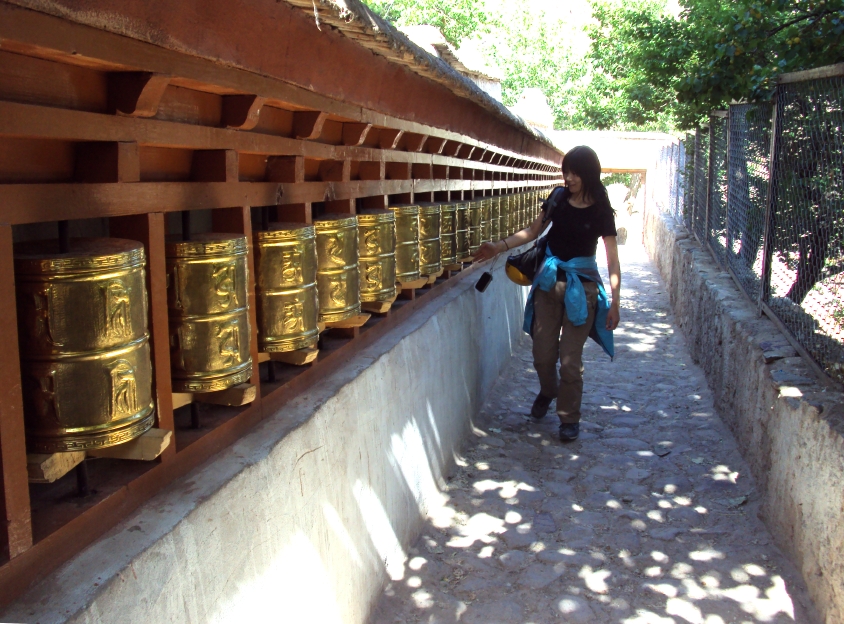



Life In Japan: Sports Festivals
Above is the annual sports festival at a local junior high school here in Sasayama. These much-anticipated events take place at every school in the country around the middle of September — even pre-school and kindergarten!
To say they’re popular is an understatement. They are as much part of the fabric of social life here as eating rice and fish.
The events at a Japanese sports festival include some “normal” sports contests, e.g. relay races, tug-of-war, team rope jumping. But they as well have quite an assortment of unique, and I have to say, quite amusing activities I wouldn’t expect to show up in the Olympics anytime soon. There’s the hacky sack basket toss, the three-legged kick-the-ball then shoot-a-hoop match, a relay race carrying a tennis ball on a tennis racket while running at full-speed around the circumference of the field.
Sports festivals are not restricted to just students. Villages compete against one another, meaning full-grown adults also participate in the action. I can’t say the village I live in does very well in these competitions. We may have the most geriatric team in all of Japan. But we have a great time, which is mainly what these all-ages competitive events are all about.
Here’s a mercifully short video of my legendary performance at a recent community sports festival. If it’s not entirely obvious, my challenge — for which I trained with the best coaches east of Nagasaki — was to inflate a balloon, pop it by sitting on it, then scramble back to the starting line, tagging my next teammate in line, who we hoped would repeat my gold medal-level performance, and lock in first place for this epic showdown.
What can I say? It seems no matter what the season is, there’s always something going on here, and whatever it is is typically is built around some excuse for people to get together, have a good time, and simply enjoy the company of those living in the community.